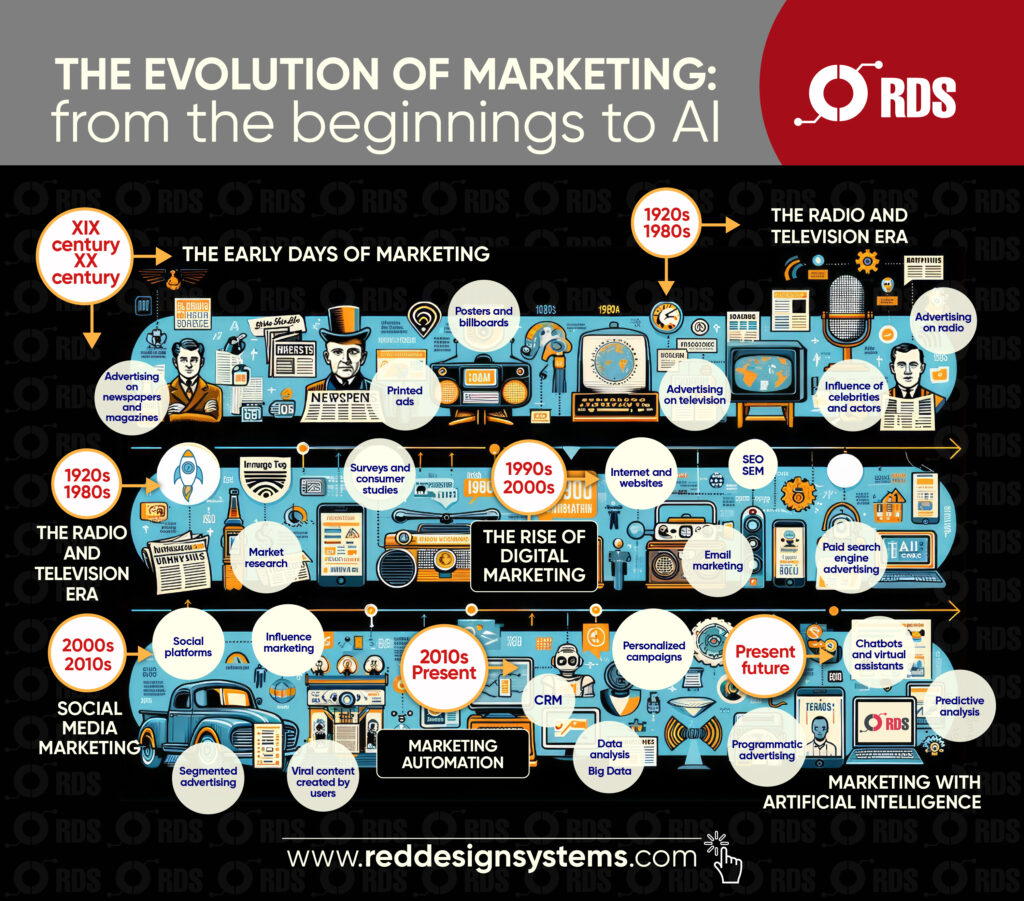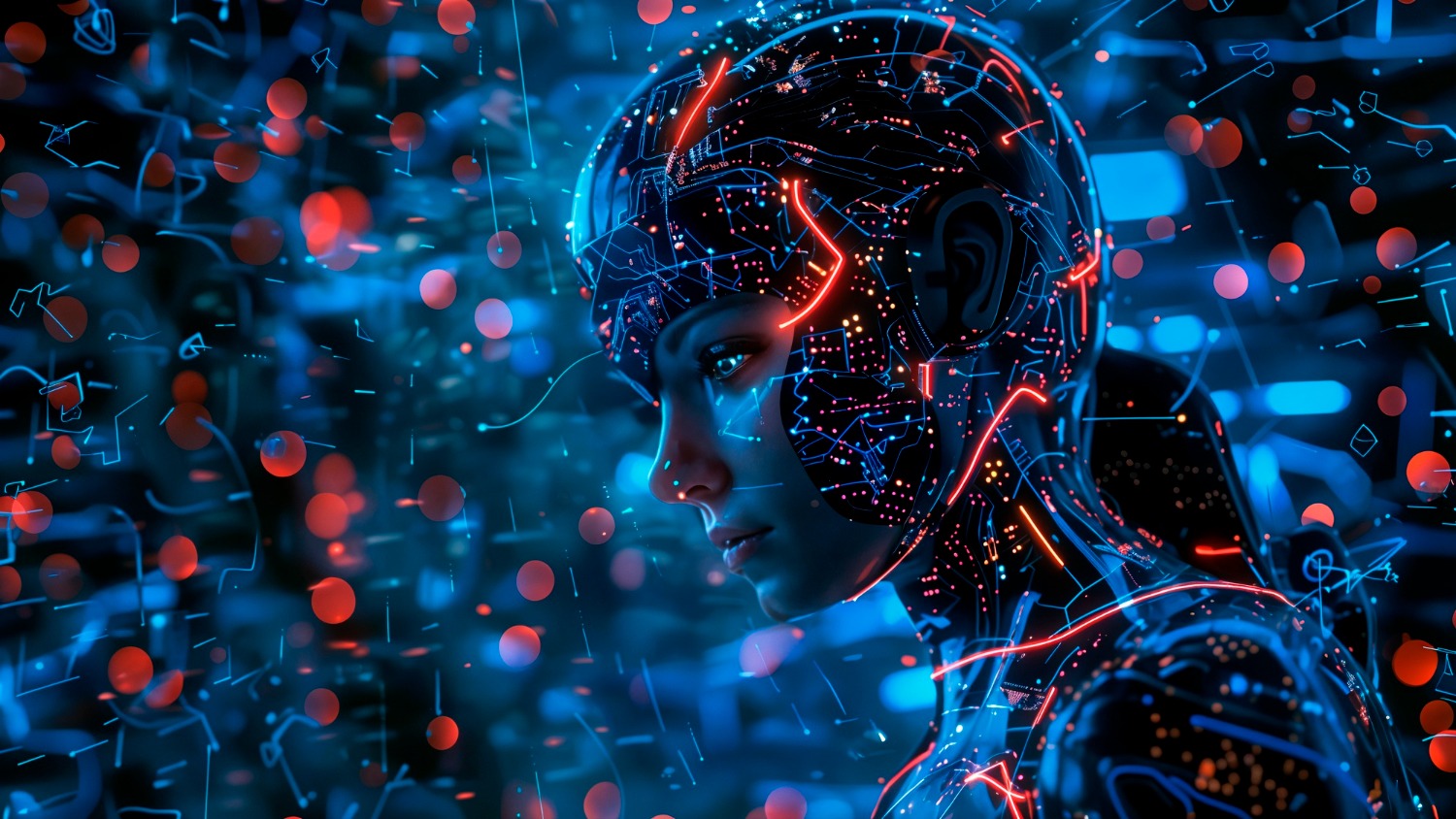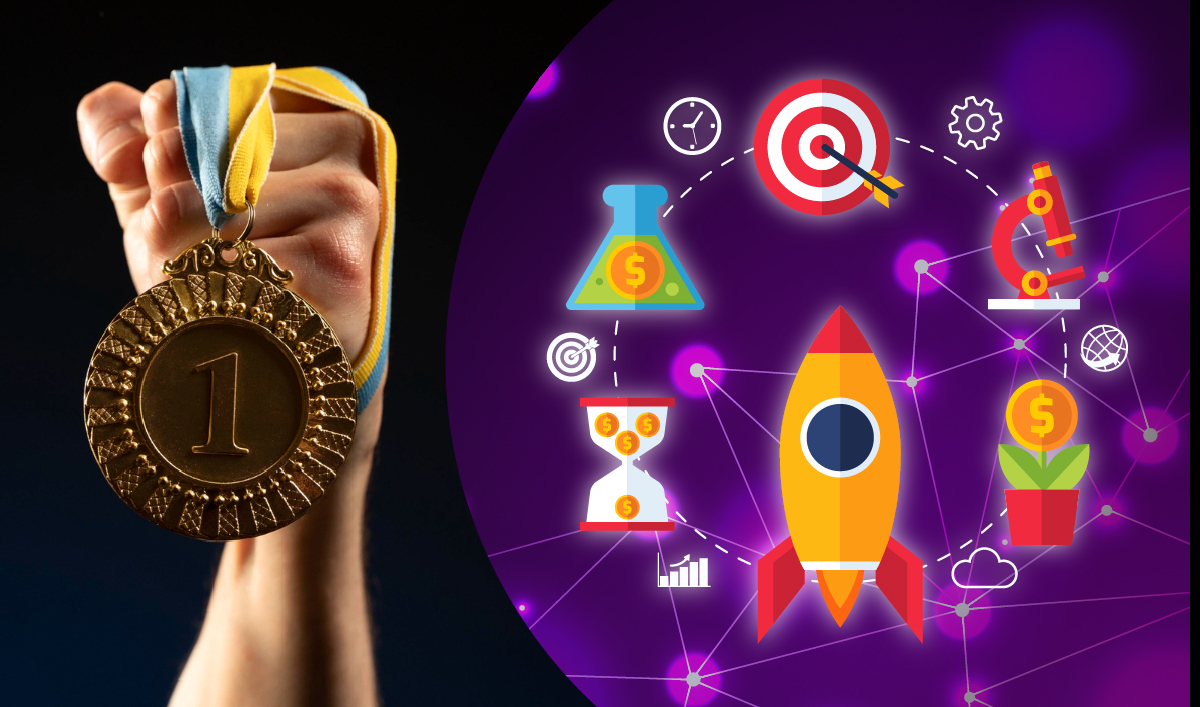In our daily work we think little of the history of marketing and, rather than referring to the past, we look ahead to take advantage of the multiplicity of tools, tactics and resources we have today to optimize the results of our strategies.
As a way of acknowledging all that this history has brought us, we want to present our simplified version of the evolution of marketing from the early days to Artificial Intelligence, and show how marketing has evolved significantly and each era has introduced new technologies and strategies that have transformed the way companies communicate with their customers.
Below, we explore six key milestones in this evolution.
1. The early days of marketing (19th century – early 20th century)
Marketing began to take shape during the Industrial Revolution in the 19th century. With mass production, companies needed to sell large quantities of products to a wider audience. Early marketing efforts focused on print advertising in newspapers and magazines, as well as early billboards and posters. Sales catalogs and trade shows were also important in this era, allowing companies to showcase their products to a larger and more diverse audience.
2. The radio and television era (1920s – 1980s)
The advent of radio in the 1920s and television in the 1950s revolutionized marketing. These media enabled companies to reach millions of people simultaneously. Radio and television commercials became powerful tools for influencing consumers’ buying decisions. Catchy jingles and creative television commercials became part of popular culture, laying the foundation for modern mass marketing. Advertising in these media was one-way, meaning that companies talked and consumers listened.
3. The rise of digital marketing (1990s – 2000s)
The emergence of the Internet in the 1990s radically changed the marketing landscape. Companies began creating websites and using email as a means of direct communication with customers. Digital marketing enabled more precise audience segmentation and the tracking of consumer behavior online. Early forms of online advertising, such as banner and pop-up ads, ushered in a new era of interactivity and measurement in marketing. Web analytics allowed companies to measure the performance of their campaigns in real time and adjust their strategies accordingly.
4. Social media marketing (2000s – 2010s)
With the advent of social media in the early 2000s, digital marketing was further transformed. Platforms such as Facebook, Twitter, and later Instagram and LinkedIn, became essential channels for marketing strategies. Social networks allowed companies to interact directly with consumers, creating more personal relationships and fostering brand loyalty. Content marketing and influencer marketing emerged as new tactics to capture the public’s attention. Social media campaigns enabled two-way communication, where consumers could interact with brands and vice versa.
5. Marketing Automation (2010s – Present)
Marketing automation began to gain traction in the 2010s. Automation tools allowed companies to manage their marketing campaigns more efficiently and effectively. Platforms such as HubSpot, Marketo and Pardot helped companies automate repetitive tasks such as emailing, lead management and social media posting. Marketing automation enabled greater personalization and segmentation, resulting in more relevant and effective campaigns. In addition, companies were able to measure and analyze the performance of their campaigns with greater accuracy.
6. Marketing with Artificial Intelligence (Present – Future)
Today, Artificial Intelligence (AI) is revolutionizing marketing once again. Chatbots, virtual assistants and machine learning algorithms enable large-scale, real-time personalization. AI tools analyze vast amounts of data to predict trends, optimize advertising campaigns and improve customer experience. AI facilitates automated content creation and advanced audience targeting. In the future, AI is likely to continue to drive innovations in marketing, taking personalization and efficiency to even greater levels.

En resumen
Marketing has come a long way from its earliest days to the present day. Each of these milestones has brought new technologies and strategies that have revolutionized the way companies reach their customers. Today we are in the “Artificial Intelligence boom” and undoubtedly we still have a long way to go and many resources to exploit.
But in the end, knowing its history goes far beyond just having the knowledge and makes sense if we are able to use the tools in the smartest way to drive our business objectives.
How far do you plan to take your company and how do you plan to get there?
It is always useful to have an ally like Red Design Systems to help you with experience and lessons learned to make the road shorter and strategically overcome challenges.





